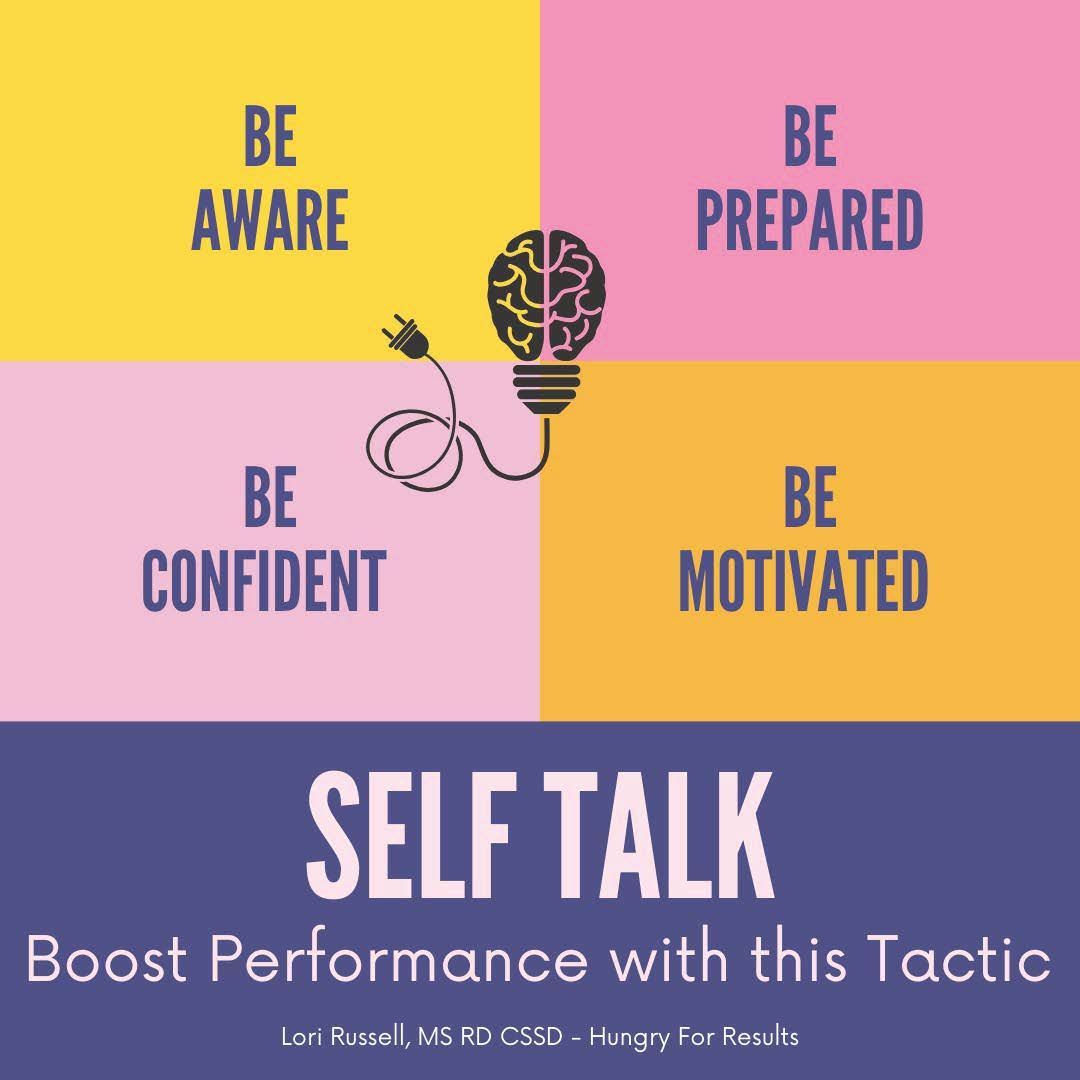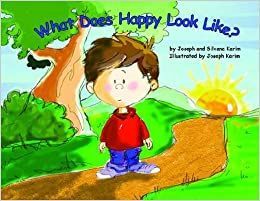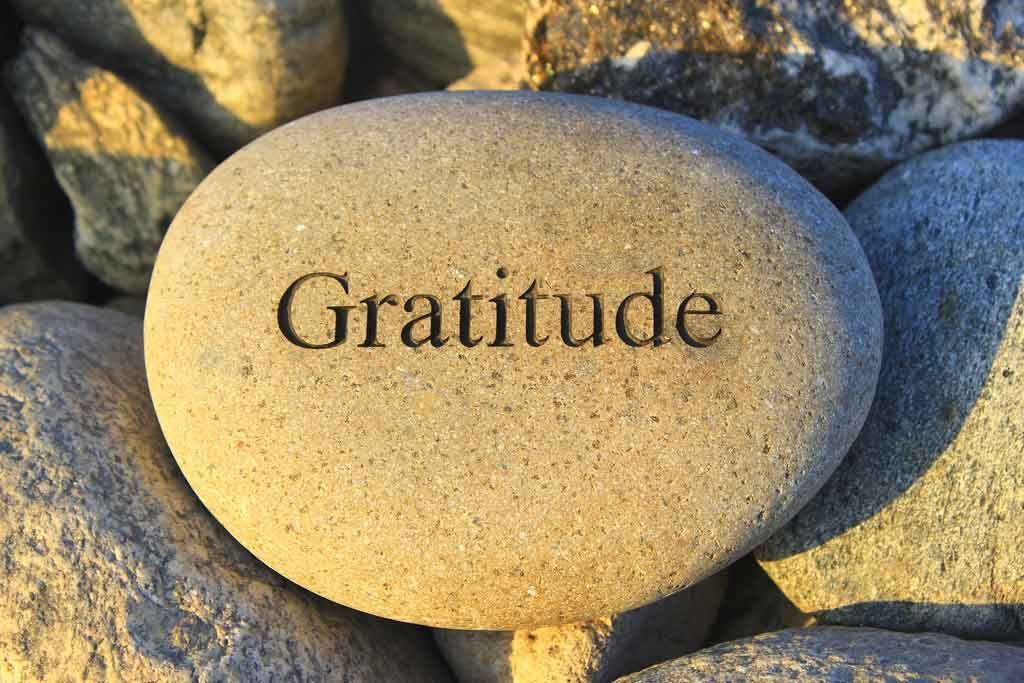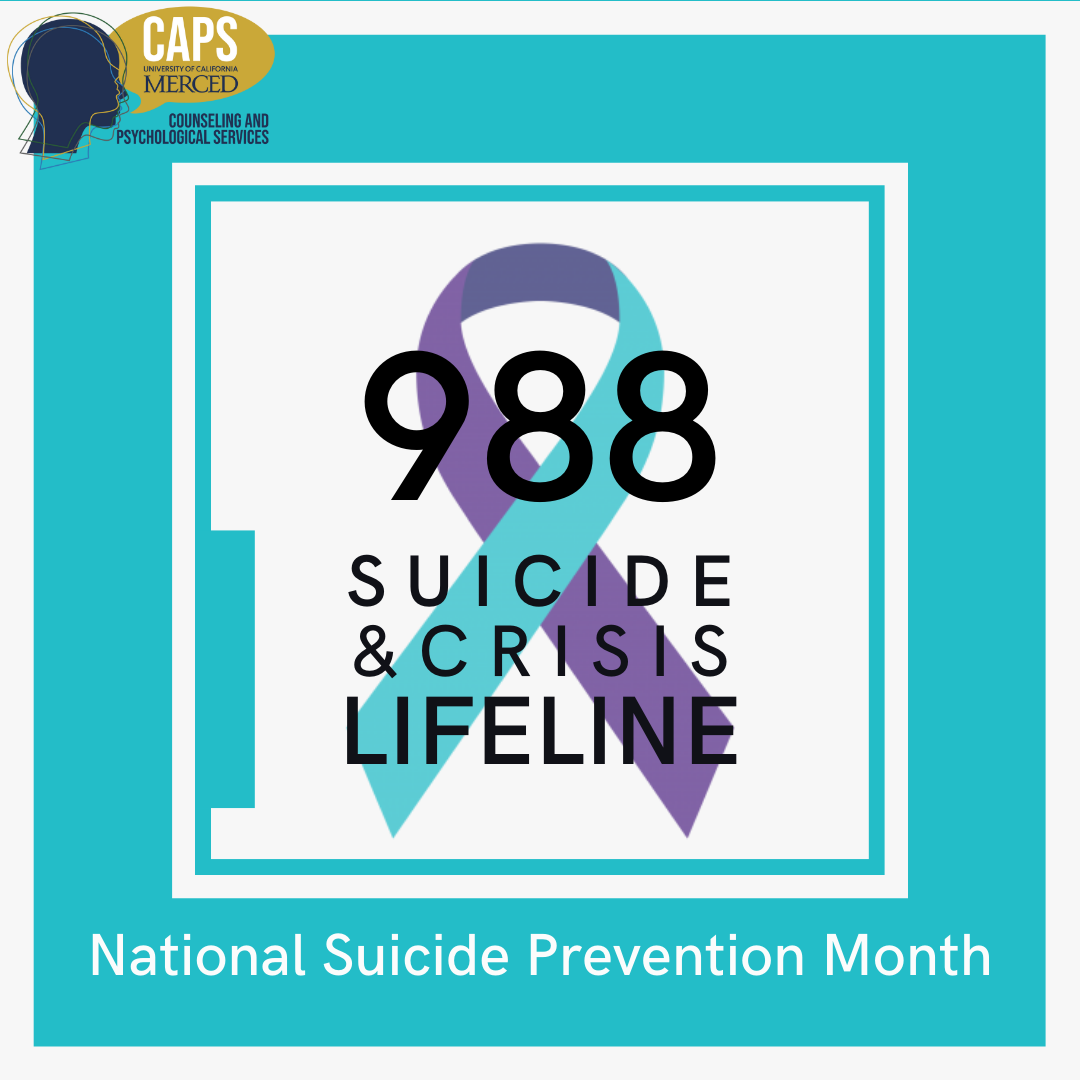
When you’re little adults are supposed to take most of the responsibility for taking care of you. As you get older the responsibility shifts so that you are supposed to do more to care for yourself. Here are some important concepts that will be useful as you develop healthy self-care habits.
Enough – Giving 110% effort is not a real thing. Lots of people will ask it of you, especially if you are involved in sports, performance arts, or sales. If your expectations for yourself are unrealistic you are going to disappoint yourself. That leads to a lot of negative feelings including inadequacy, frustration, exhaustion, and burnout. It is important to know what is good
enough.
How do you know that it’s time to settle for good enough instead of striving for perfection? When you already have several items on your To Do list, you have to be able to budget your time and energy. Sure you could spend hours and hours crafting that 3 page essay into a work of literary excellence, but is that necessary? Could you instead write something that is good enough to get the grade you need, even though it may not be your best work, and also leave yourself time to get to the other tasks on your list?
The flip side of enough is making sure you don’t aim too low either. Feeling tired? Did you get enough sleep? Just as your phone starts acting wonky when the battery gets too low, you can’t expect to perform at your best when you haven’t recharged your battery with enough sleep. Didn’t do well on a test? Did you study enough beforehand? Glancing at your notes for the first time right before the test may not be sufficient to prepare you to earn the grade you want. Big assignment due tomorrow? Did you leave yourself enough time to do a good job on it? Quality work takes time. Waiting until the last minute makes it harder on yourself.
Real – Don’t get fooled into believing everything you see. The images that are out there on TV, the internet, social media, and in movies are not real. If you are comparing your life to those images, of course it is not going to measure up. You don’t have a team of makeup and hair experts, lighting techs, and dialogue writers following you around to help you curate an ideal image. You aren’t being short changed if you don’t have the kind of room, car, school or experiences that you see “other people” your age having. They might not be having them either. Some of the people who look happiest in their social media profiles are miserable in real life. They present a façade, a false image, of their life, their relationships and even their appearance, because that’s what they want you to believe (often because they are trying to sell you something).
Friend – Lots of relationships get labeled as “friends” these days, and some are not very friendly at all. It takes more than just being able to recognize a person’s name, face, or online persona to be a friend. A friend always has your best interest at heart. A friend would never encourage you to do something that isn’t good for you, nor would they stand by and allow you to do something harmful to yourself. A friend knows you well enough to see past the façade you may be putting up for others. A friend has your back when you need it, builds you up when you’re feeling low, and is honest enough to let you know when your outfit really does make you look fat. Friends disagree. They get mad at each other. They get on each other’s nerves. And when you really need them, all that conflict wouldn’t stop them from being there for you. Real friends know you need to have other people in your life too. Friends enjoy seeing you succeed. Most importantly, friendship is never a one-way interaction – you have to be a friend in order to have friends.
Self-Talk – Self-talk is all of the things you think and say to yourself. Our own inner dialogue is constant, automatic, unfiltered, and often goes unexamined. This can be dangerous because many of us are our own worst bully. Do you beat yourself up for every mistake that you make? Do you find it hard to forgive yourself for failing to meet your own impossible standards? When other people criticize us or put us down, we’re likely to argue back that the person is wrong and shouldn’t speak to us that way! When we criticize ourselves and put ourselves down, we accept the message as the gospel truth. Pay attention to the messages you send to yourself. Make sure they’re accurate. It can be healthy to recognize what you could be doing better and ways you could improve, but only if you also recognize and celebrate the things you’ve done well and what is already wonderful about you.


Happy – You might be thinking, “Wait. I already know that one.” Yes, when we are little we learn about happiness in terms of smiles, sunshine, rainbows and fun. Now that you’re older, it’s time for a more sophisticated understanding of the feeling. Many people make the mistake of thinking happiness is something that can be achieved.
They think things like, “When I finish this degree/ get this job/ fall in love with the right person/ look the right way/ __(fill in the blank) , then I will be happy.” Happiness doesn’t work that way. It isn’t something you achieve and then it lasts for the rest of your life. Instead, it comes in temporary bursts that are wonderful, but do not last. And just because this moment of happiness ended, it doesn’t mean there won’t be another around the corner.

Savor – When you savor something, you delight in the experience of it. Good things happen every day. The world is full of beauty and kindness. Too often we are distracted by the things that make us unhappy, the things we want to fix, and the things we want but don’t have, and we miss opportunities to enjoy the best parts of life. Make it a priority to take the time to enjoy beauty when you see it, to breathe deeply when there is something good to smell, to appreciate a delightful sound, and to linger over the taste of something delicious.
Gratitude – Gratitude is the ability to recognize and appreciate what is good in one’s life. It involves taking time to notice and savor what is good about yourself and about the world. By acknowledging the importance of little things as well as big ones, you bring joy into your life.
This is the first in a series of three blog posts on Self-Care. The second post in the series will focus on teenager self-care.
Child and Adolescent Behavioral Health's
Trauma Program
Mary Kreitz, LPC, CDCA, is the author of this blog. Mary is an expert in her field with 18 years of experience. If your child or adolescent is struggling with a mental health issue, please contact
C&A at 330-433-6075.
RECENT POSTS












